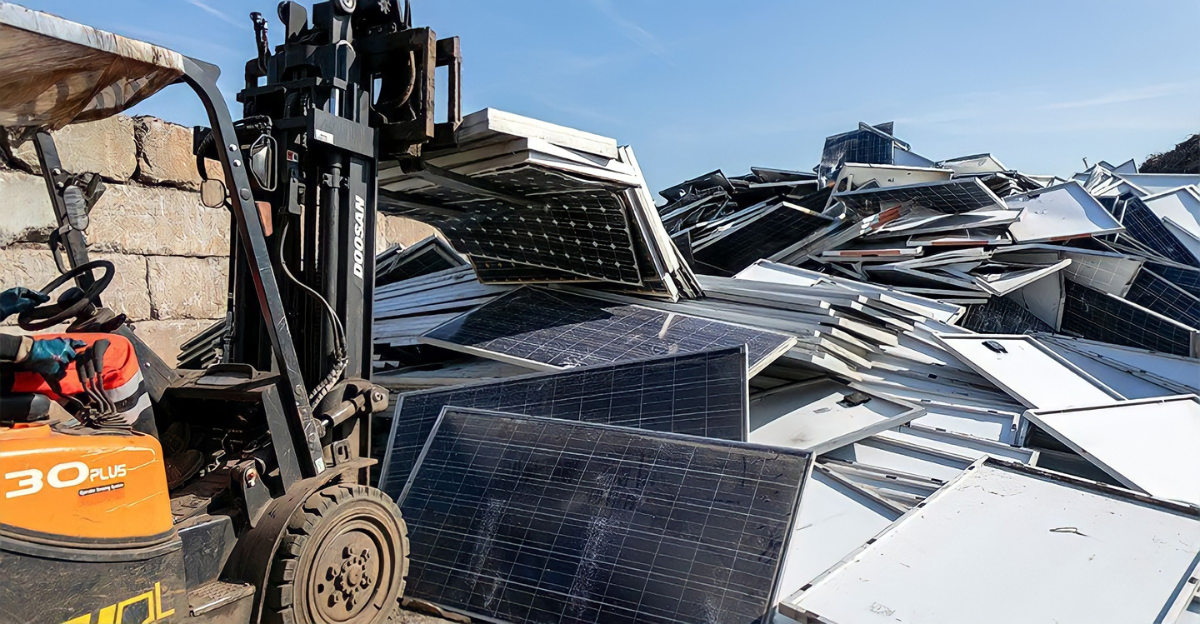
A surprising and largely unnoticed shift is unfolding across America’s rooftops: millions of homeowners who once enthusiastically adopted solar panels are now pulling back. This isn’t just a slowdown; it’s a seismic retreat that has left industry insiders reeling. Solar panels, once celebrated as symbols of energy independence and cost efficiency, are losing their allure not due to technological failures but because critical financial incentives that made solar accessible are rapidly vanishing.
The federal solar tax credit, which provided a 30% rebate on installation costs, is set to expire by the end of 2025, a direct result of recent Republican tax legislation. This sudden removal of support reshapes how Americans power their homes and envision their futures. The implications extend beyond individual households, threatening the clean energy momentum and the green economy that rooftop solar has helped cultivate.
Why Millions of Americans Should Care About Solar’s Decline
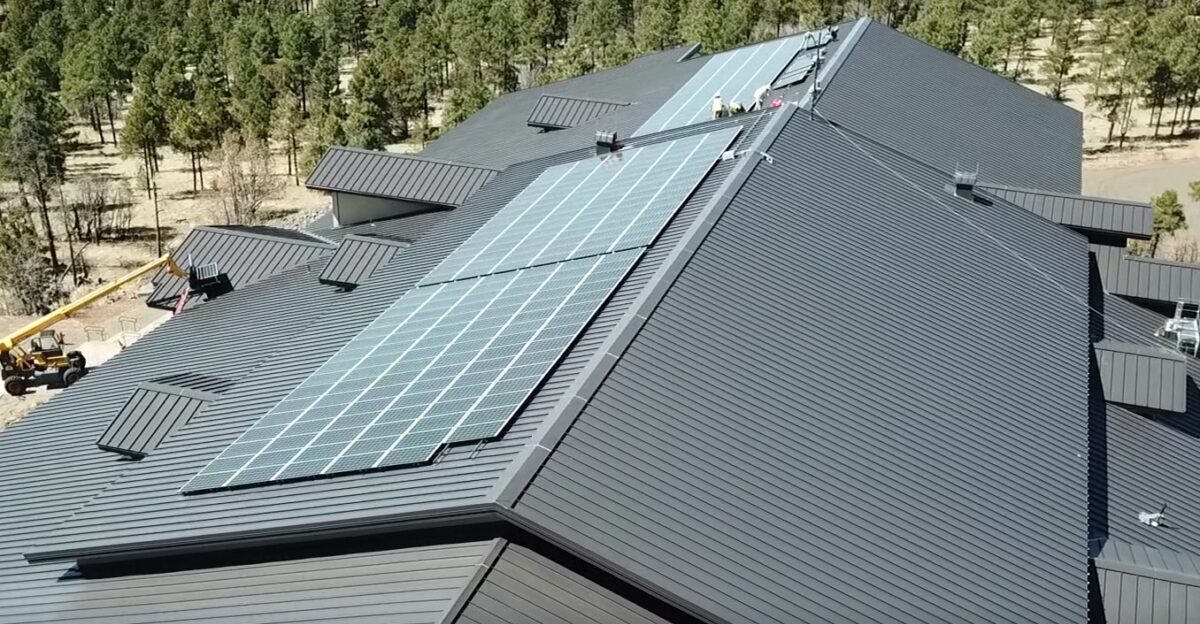
Rooftop solar is no longer just a niche market for sunny states or eco-enthusiasts; it has evolved into a national phenomenon, with over five million installations energizing communities from coast to coast. The drying up of incentives comes at a crucial time when energy prices are surging nationwide, casting a shadow over this progress. For many, solar has served as a financial buffer against rising utility bills and an unreliable power grid.
Without these subsidies, the cost-benefit equation shifts dramatically, leaving millions facing higher energy costs and fewer clean options. This shift can potentially reverberate through the economy, impacting household budgets, energy markets, and the nation’s climate goals. The stakes are high, and the consequences could affect every American home, making this quiet retreat from solar a pressing national issue.
From Luxury to Mainstream: The Rise and Fall of Solar’s Accessibility
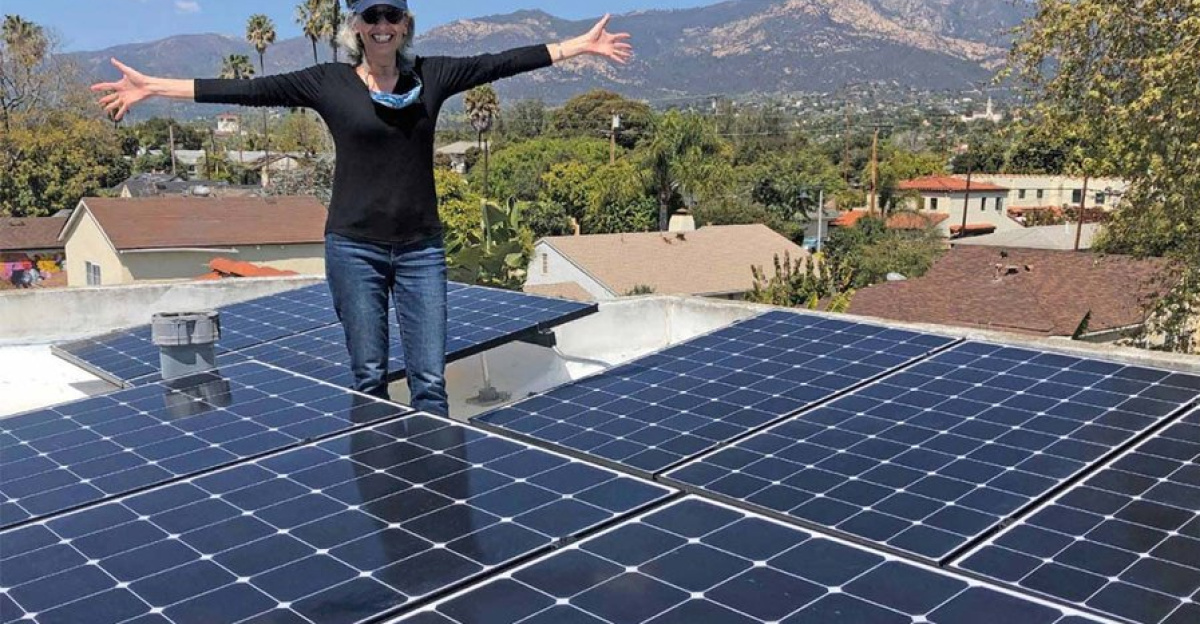
Two decades ago, rooftop solar was a luxury for the wealthy, doomsday preppers, and environmental advocates willing to pay a premium for clean energy. However, that landscape changed when federal tax credits slashed installation costs by 30%, democratizing solar and transforming it into a viable investment for everyday homeowners. This evolution expanded clean energy’s reach, making solar panels a standard feature on American rooftops.
Now, that progress hangs in the balance. The looming expiration of incentives threatens to relegate solar back to the affluent domain, reversing years of gains in accessibility. Without financial support, the average upfront cost of around $30,000 could become unaffordable for many, risking a future where solar is no longer a mainstream option but a luxury few can attain.
How a GOP Tax Bill Shattered Solar Incentives

The turning point occurred when a new Republican tax bill abruptly terminated the longstanding federal solar investment tax credit (ITC) by the end of 2025, nearly a decade ahead of schedule. This policy change eliminates the 30% subsidy that made rooftop solar feasible for millions. Industry leaders warn that installations could plummet by as much as 50% next year, with some forecasts predicting an 85% drop by 2030.
Solar companies are already feeling the strain, with some facing bankruptcy. This isn’t merely a market correction; it’s a deep-seated disruption that jeopardizes the survival of a rapidly growing industry. The sudden policy reversal sends shockwaves through the economy, the environment, and the future of energy independence in America.
The Vanishing Federal Solar Tax Credit
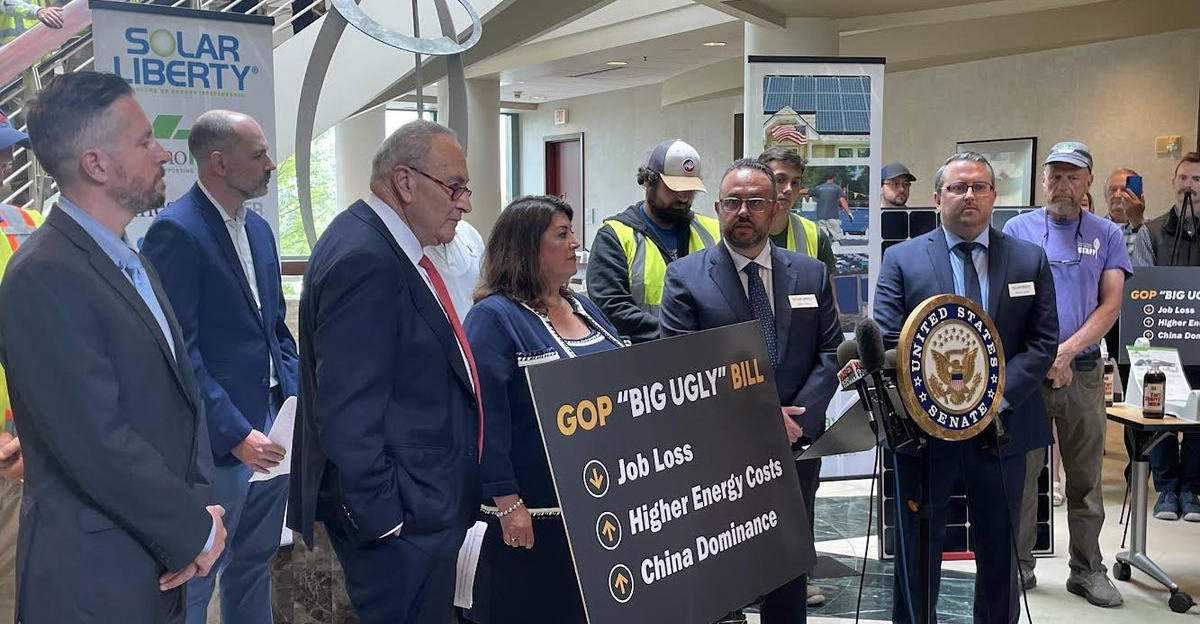
At the center of this crisis is the impending expiration of the federal solar investment tax credit (ITC), which has been a cornerstone of solar affordability. Without this rebate, the average upfront cost climbs to a daunting $30,000 for many homeowners. Payback periods could extend to 17 years or more, making solar a less appealing investment.
This decline in demand could threaten the business model of solar leasing companies that have made solar accessible to lower-income households. A collapse of these companies may leave thousands without service and cost jobs, deepening the economic repercussions. Decreased incentives could unravel years of progress in clean energy adoption and financial inclusion.
California’s Solar Shockwave: A Cautionary Tale for the Nation
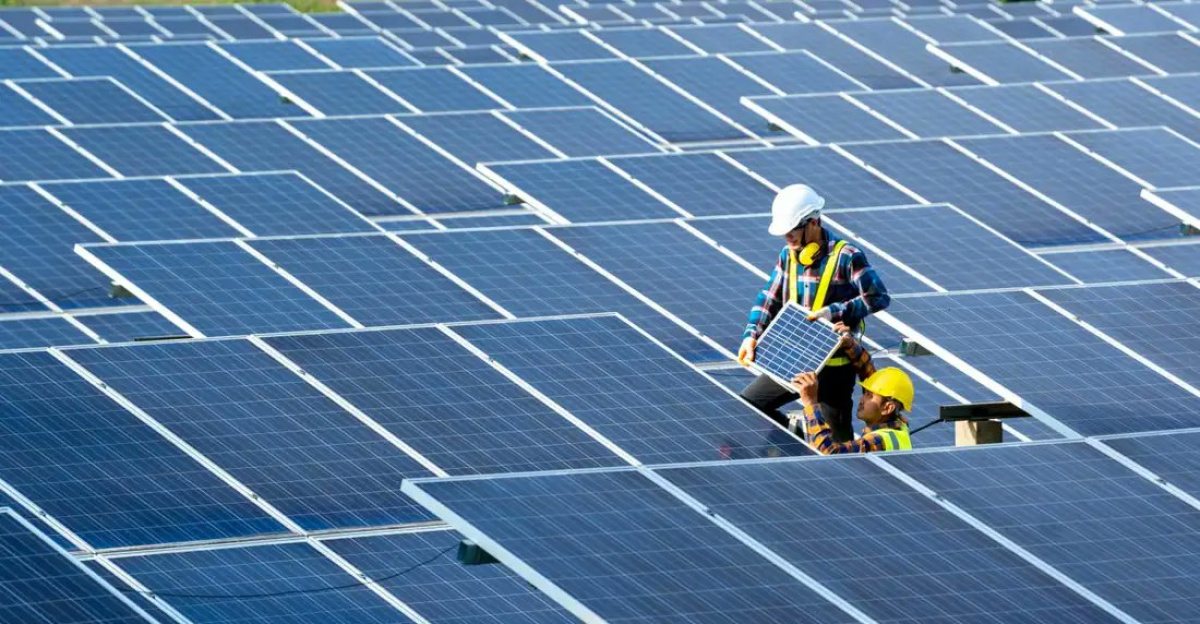
California, home to the largest solar market in the nation, has already suffered from policy changes. In 2022, state regulators reduced compensation rates for new solar households by a staggering 85%, leading to a significant drop in installations and jeopardizing local solar businesses. This regional decline is spreading as other states grapple with rooftop solar’s implications for utility grids and non-solar customers.
The conflict between solar advocates and utility companies is intensifying, complicating the national energy landscape. Homeowners are left facing uncertainty about their energy choices as local policies shift alongside federal changes. California’s experience is a cautionary tale, highlighting the potential challenges awaiting the rest of the country.
Solar Installers and Small Businesses: The Human Cost of Incentive Loss
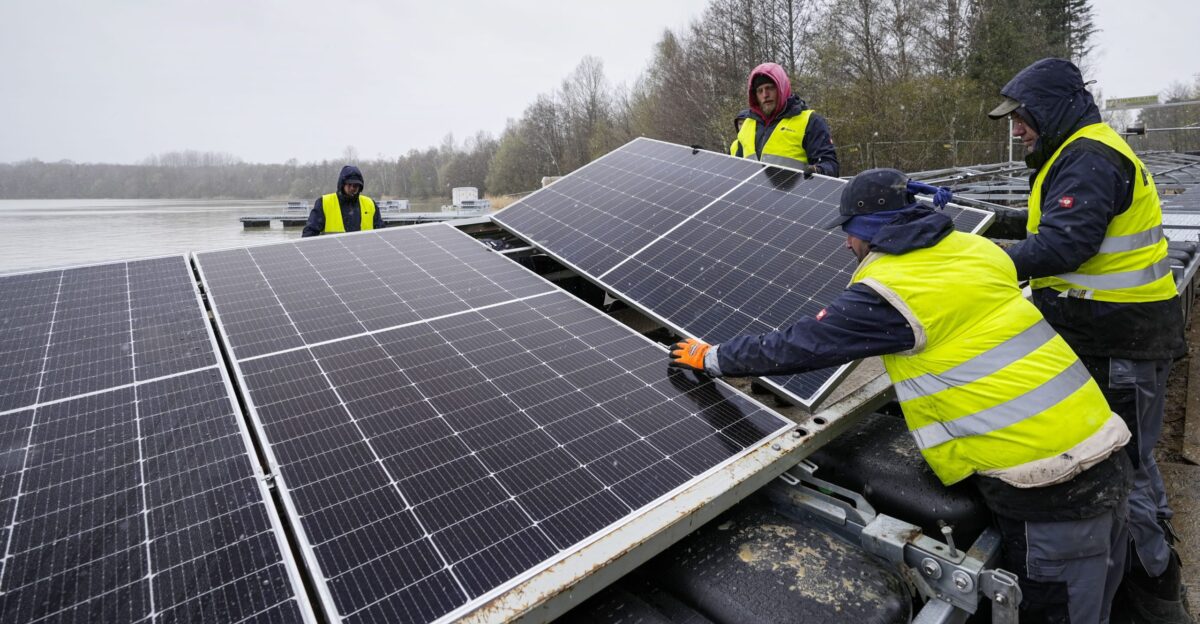
Behind the numbers are thousands of installers, electricians, and small business owners facing an uncertain future. Companies like Solar Mosaic and Sunnova Energy have declared bankruptcy, and casualties have occurred due to the sudden policy shift and evaporating demand. For workers and entrepreneurs who built careers around solar’s rise, the loss of incentives is more than a market downturn; it’s a personal crisis.
The industry’s contraction threatens to erase years of job growth and innovation, leaving communities that embraced solar vulnerable to economic disruption. This human dimension underscores the broader consequences of policy decisions on livelihoods and local economies. The ripple effect extends beyond energy, impacting families and communities that invested their futures in the promise of clean power.
The Return of Rate Hikes and Reduced Consumer Choice
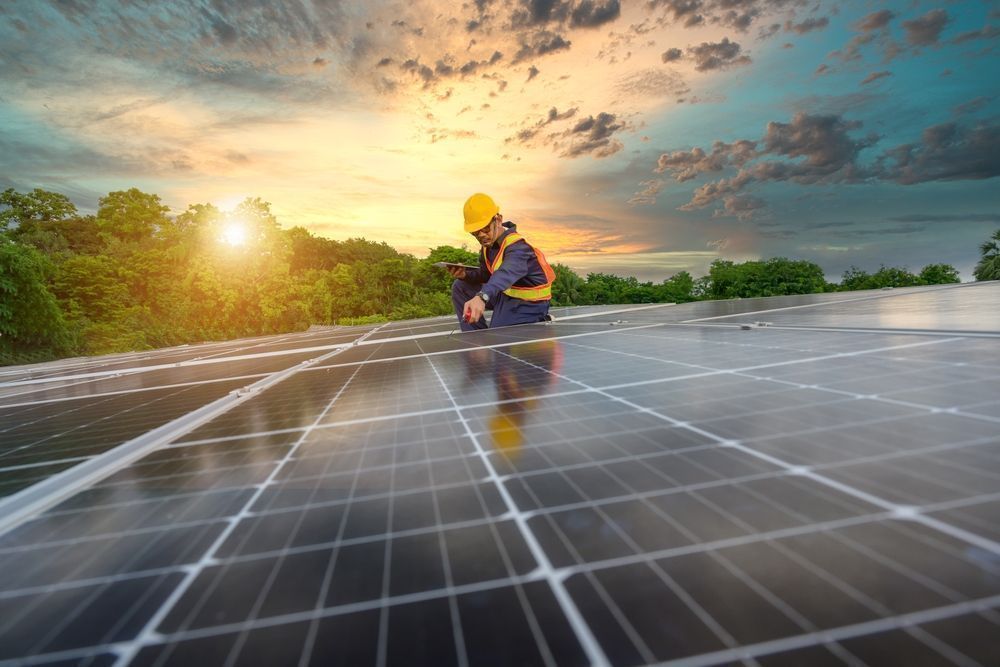
With rooftop solar losing its financial appeal, utility companies are poised to regain the upper hand. Solar installations have been among the few competitive pressures restraining utilities from aggressive rate hikes. Without the threat of customers defecting to solar, utilities could raise rates more freely, potentially driving energy costs higher for all consumers. This shift risks reducing consumer choice and slowing the transition to cleaner power sources.
The retreat of rooftop solar thus not only affects individual homeowners but could reshape the entire energy market, reinforcing traditional utility dominance. The balance of power in the energy sector may tilt back toward centralized utilities, potentially delaying innovation and the broader adoption of renewable energy.
How Consumers Are Reacting to the Solar Slowdown
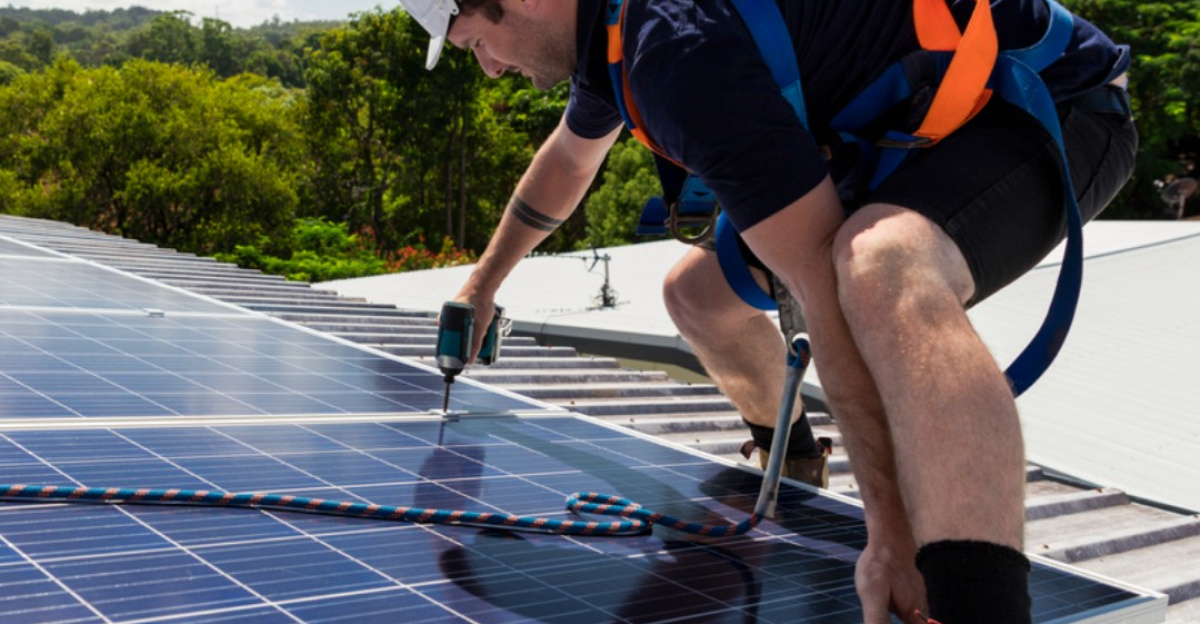
The loss of incentives is reshaping consumer behavior. Where homeowners once rushed to install panels to capitalize on tax credits, many now hesitate or abandon plans altogether. Social media platforms like Reddit and TikTok reveal growing frustration and confusion, with users sharing stories of dashed hopes and financial uncertainty.
The narrative has shifted from green enthusiasm to cautious calculation, reflecting a more complex and uncertain financial decision. This evolving mindset could slow the cultural embrace of renewable energy, dampening momentum at a critical moment for climate action. The online conversation captures homeowners’ emotional and practical challenges, illustrating how policy changes ripple through public perception and behavior.
Can Rooftop Solar Weather the Storm?
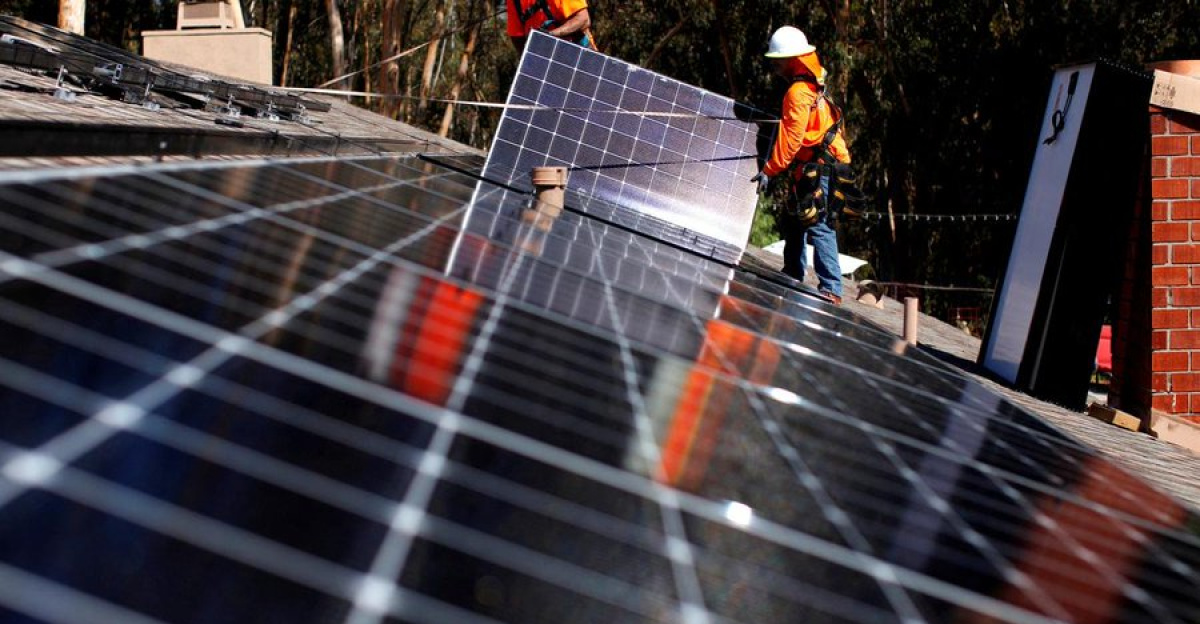
Looking forward, the solar industry stands at a precarious crossroads. Some analysts believe solar may rebound if electricity prices continue to climb, restoring economic incentives even without subsidies. Advocates are lobbying states to fill the federal void with local incentives, hoping to sustain momentum.
Can rooftop solar survive this policy upheaval and maintain its role in America’s clean energy future? For years, the outcome will shape energy markets, environmental progress, and economic resilience. This uncertain future calls for vigilance, innovation, and renewed commitment to clean energy solutions. The ripple effect of today’s policy decisions will echo through the decades, influencing how America powers itself and combats climate change.







